This also poses new opportunities and challenges for the local education and training sector, requiring managers and teachers to unite and make efforts in performing their tasks.
The largest apparatus in the country
After the merger, Lam Dong province's Department of Education and Training officially operated on a large management scale with more than 1,600 educational institutions, nearly 43,000 managers, teachers, staff, and more than 845,000 students.
Along with the reorganization of the entire administrative system, the Department of Education and Training of Lam Dong province has been strengthened with 1 Director and 10 Deputy Directors, headed by Ms. Le Thi Bich Lien - who used to hold the role of Director of the Department of Education and Training of Binh Thuan .
10 Deputy Directors include: Mr. Phan Thanh Hai (Permanent Deputy Director); Mr. Tran Duc Minh; Mr. Tran Duc Loi; Mr. Phan Duc Thai; Mr. Nguyen Van Thach; Mr. Tran Sy Thanh; Ms. Nguyen Thi Thu; Ms. Nguyen Thi Phuong An; Mr. Luong Van Ha and Mr. Le Ba Cuong.
The Department was also restructured into 9 specialized and professional departments, with a total of 106 civil servants, public employees and workers, operating on the 9th floor - Lam Dong Provincial Administrative Center (No. 36 Tran Phu, Xuan Huong Ward - Da Lat).
This is the largest education management agency at the Department level in the country today. The arrangement of this leadership team is to ensure the inheritance and promotion of local experience, while creating conditions for rapid integration in terms of mechanism, expertise and human resources after the merger.
Along with that, the Department has advised on the issuance of complete documents on the functions, tasks and powers of each specialized department; developed a personnel arrangement project according to Plan No. 06/PA-SGDĐT dated July 4, 2025, ensuring publicity, transparency, and the right person for the right job.
Aiming for uniformity and quality
According to statistics from the Department of Education and Training, the whole sector currently has 1,605 school units. Of which, 529 are kindergartens, 563 are primary schools, 365 are secondary schools, 121 are high schools and 26 are vocational education and continuing education centers.
The network of educational facilities covers all regions from urban to rural areas, ethnic minority areas, border areas, and islands. In particular, many localities in the central area of the old Da Lat city receive a large number of residents from the two old provinces who have transferred to work, mechanically increasing the number of students.
Statistics show that up to 1,305 new students will enroll in the central area of Lam Dong province in the second and third quarters of 2025, mainly children of civil servants from Dak Nong and Binh Thuan who have transferred to work.
To meet the learning needs, the Department of Education and Training coordinates with localities to prioritize reasonable school arrangements, making it convenient for students and their families. However, in the long term, the Department of Education and Training proposes that the Provincial People's Committee allow the expansion of class funds at key schools, while reviewing the network and reusing the facilities of administrative units that are redundant after the merger.
According to the leaders of the Department of Education and Training, although educational institutions are granted autonomy according to regulations: Having legal status, using their own seals and accounts, and developing professional activity plans.
However, up to now, there has been no clear coordination and division mechanism between the Department of Education and Training and the People's Committees at the commune level in performing the State management function of education. Therefore, it is easy to lead to overlapping or omission of tasks, affecting the overall management efficiency.

Striving to overcome difficulties, determined to complete national goals
Besides the advantages in terms of apparatus and major policies, the process of operating the two-level government model and merging provinces also poses many challenges for the Lam Dong Education sector.
Some prominent difficulties include: The information and communication systems between units are not yet synchronized, causing delays in direction and coordination.
Management staff at the commune/ward level still lack experience in implementing new functions according to the decentralization and delegation mechanism.
The number of students increased dramatically, while facilities could not be expanded immediately, causing overload at many central schools.
To solve this situation, the Department of Education and Training has organized statistics on the need for classrooms and teachers; proposed additional budget for investment in building new schools; and promoted propaganda work to create consensus in society.
According to the report, from July 1 to 11, 2025, the Department received and processed 20 online administrative procedures, all of which were resolved on time. The list of 158 administrative procedures in the field of education and training has been publicly announced, including: 114 provincial-level procedures, 44 commune-level procedures.
This demonstrates the industry's clear efforts in administrative reform and access to online public services, creating favorable conditions for people and businesses in the education sector.
In the long-term orientation, Lam Dong sets the goal by 2030: Universalizing preschool education for children aged 3-5. 100% of communes/wards have schools that meet national standards. Comprehensive digital transformation in education management and teaching.
Tasks such as training on State management, developing coordination regulations between specialized departments and the People's Committees of communes/wards, enhancing digital transformation, and organizing training courses for commune-level civil servants in charge of education have been specifically set out in the Plan for the last 6 months of 2025.
It can be said that after the merger, the Lam Dong Provincial Education sector not only received the largest workload and population in the history of the sector, but also became one of the pioneers in implementing administrative procedures according to the new model. Under the leadership of a large but tight apparatus, the sector has maintained stability and gradually proactively built an adaptive, modern and in-depth education system.
Source: https://giaoducthoidai.vn/lam-dong-xay-dung-nen-giao-duc-thich-ung-va-hien-dai-post740202.html












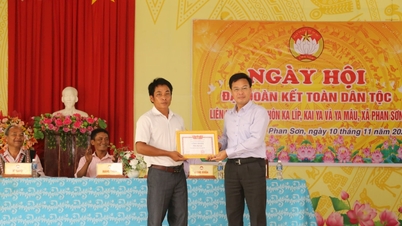
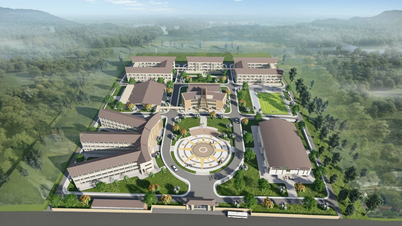





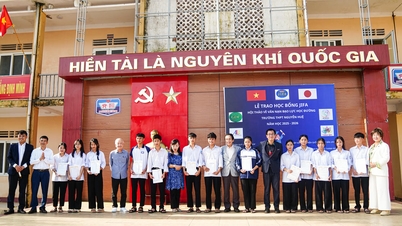

















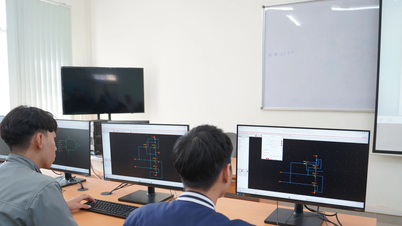











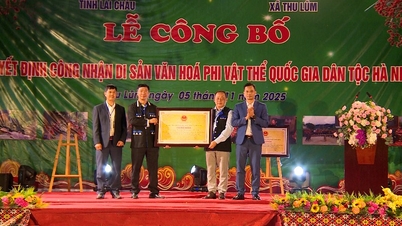


















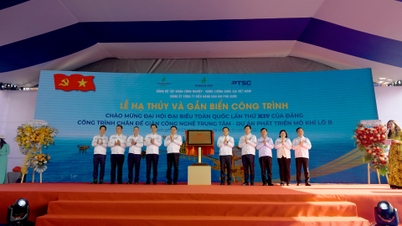








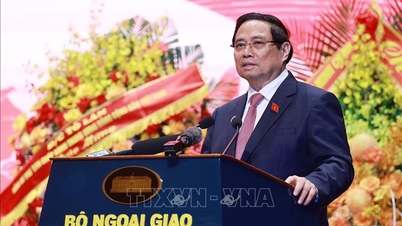




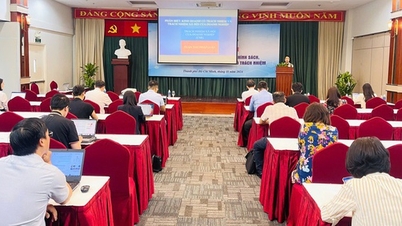






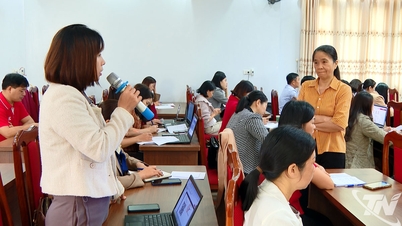





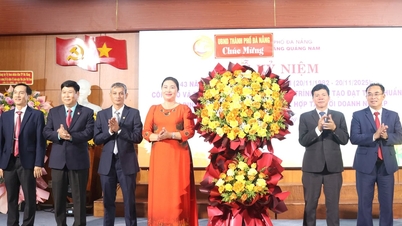




![Dong Nai OCOP transition: [Article 3] Linking tourism with OCOP product consumption](https://vphoto.vietnam.vn/thumb/402x226/vietnam/resource/IMAGE/2025/11/10/1762739199309_1324-2740-7_n-162543_981.jpeg)













Comment (0)